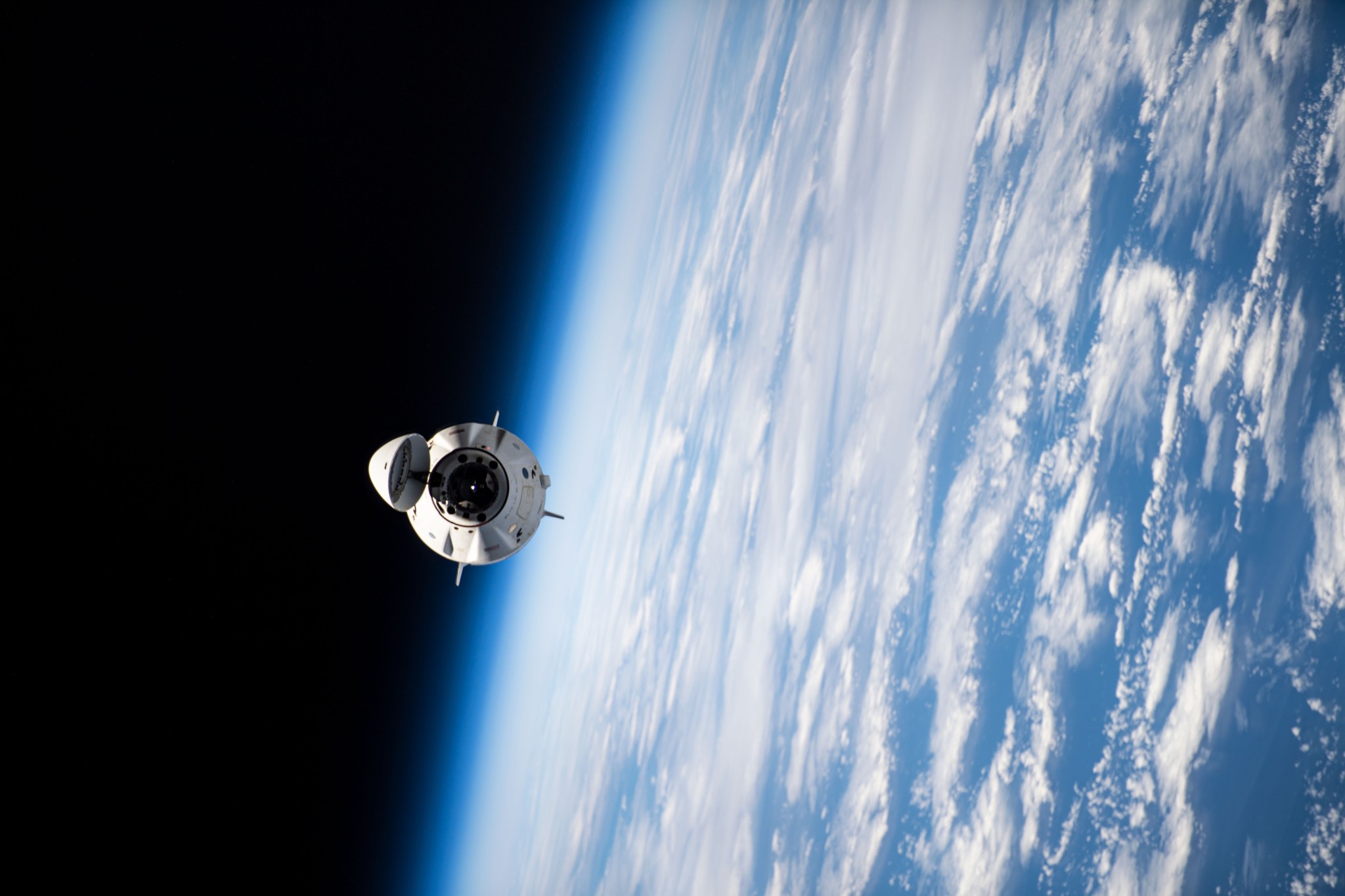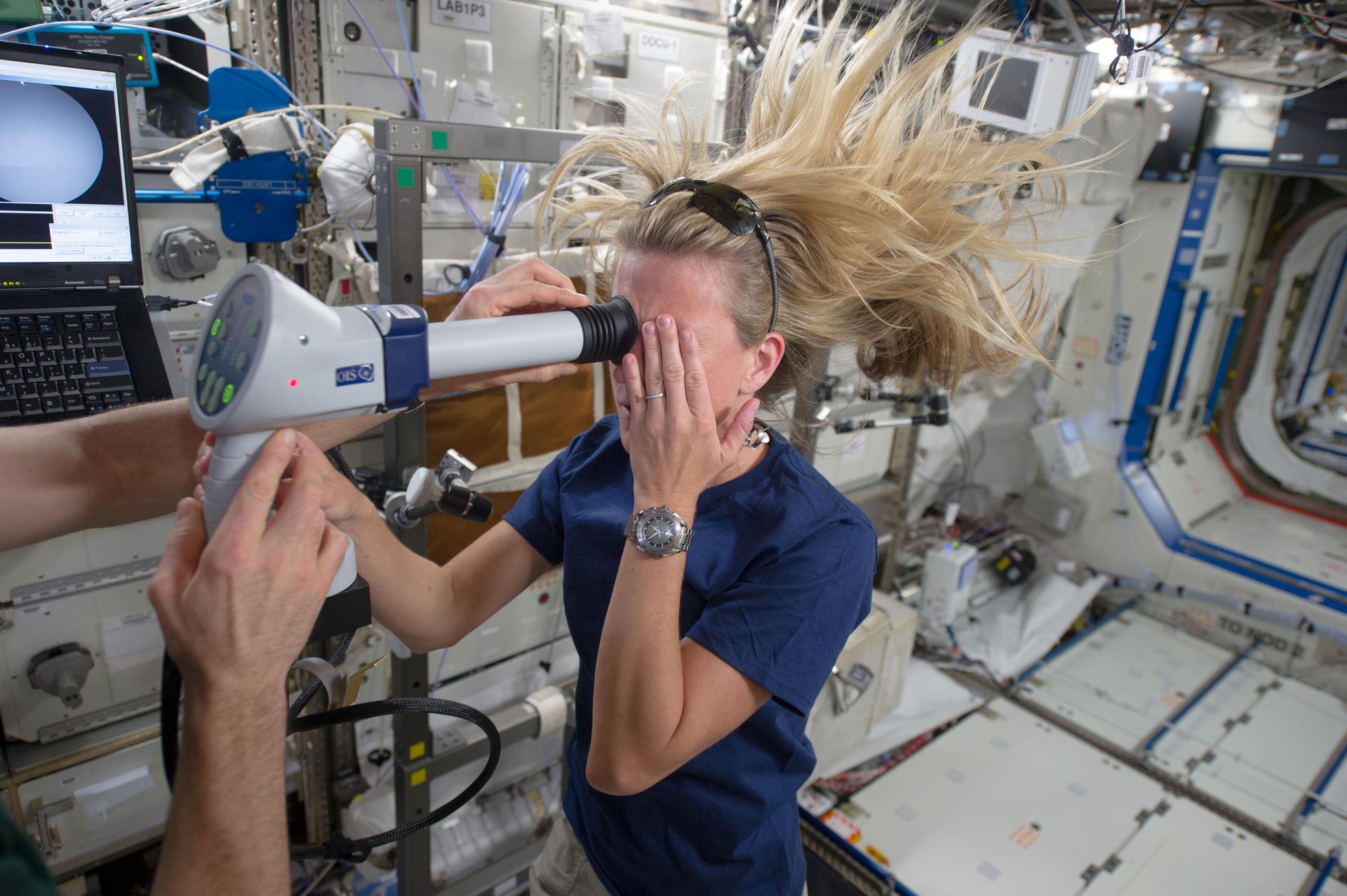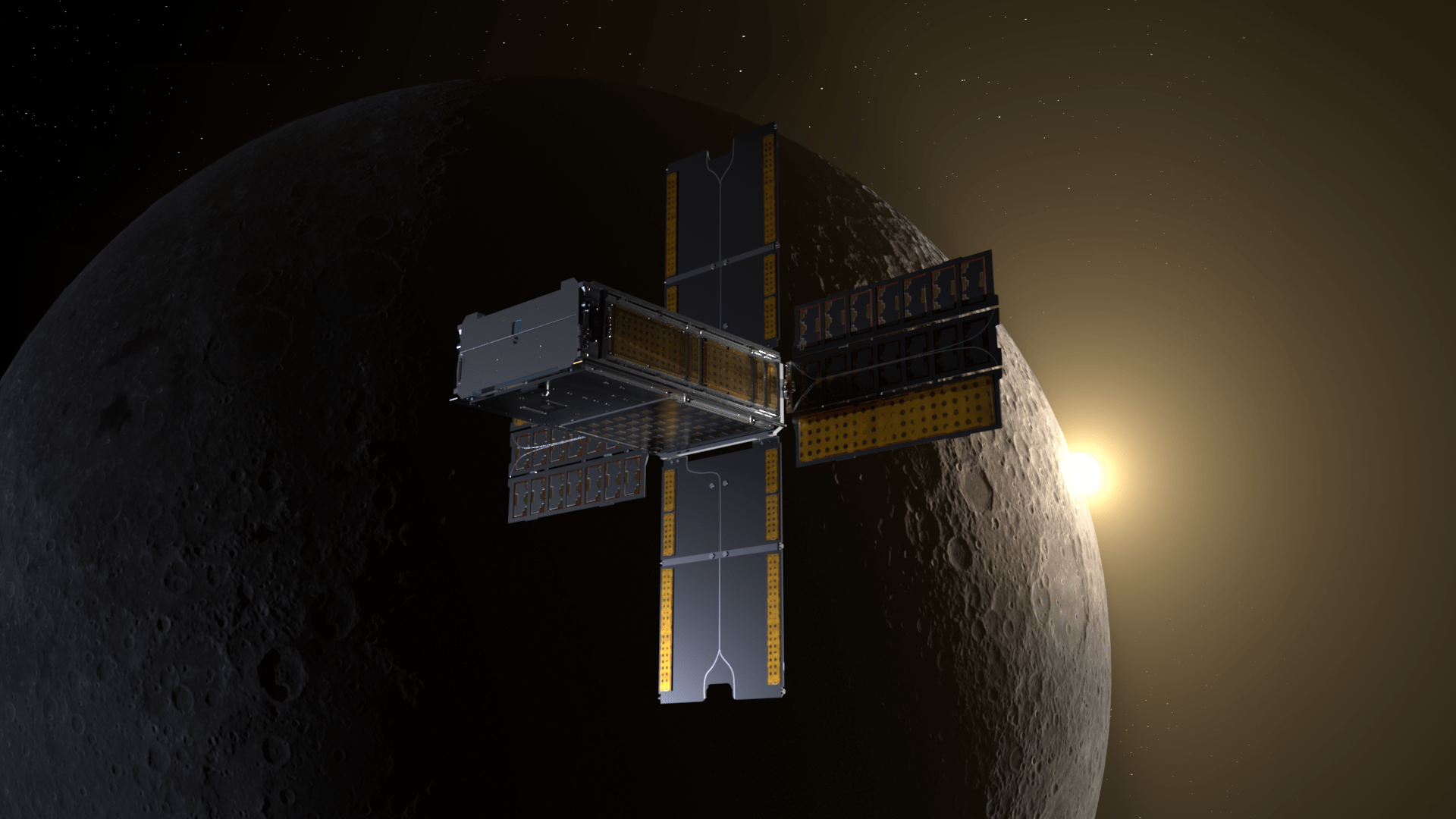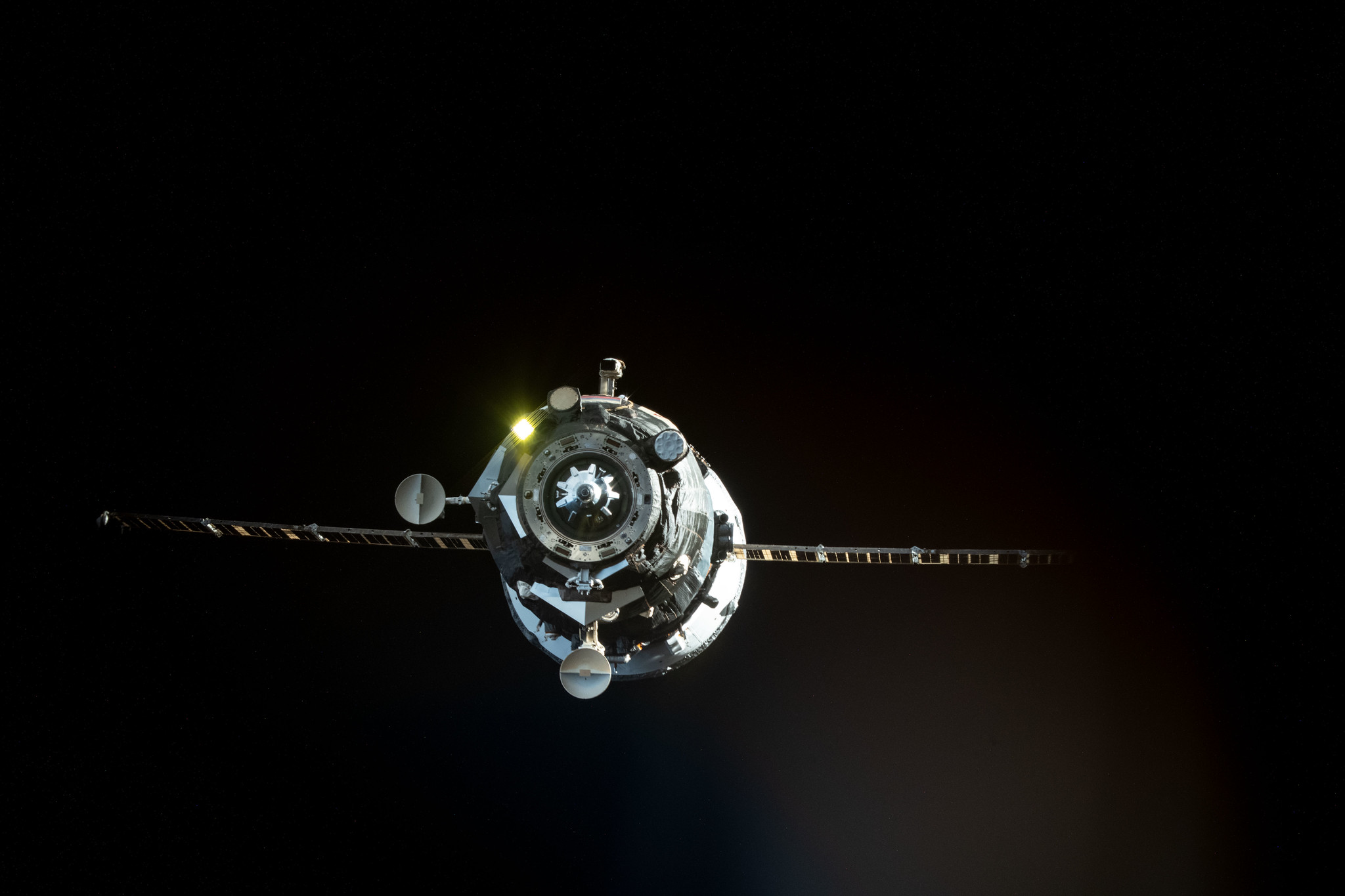1 Min Read ¿Por qué cultivamos plantas en el espacio? Plantas de berro Thale de tres semanas de edad de la investigación Plant Habitat-03 son vistas justo antes de una cosecha a bordo de la Estación Espacial Internacional. Credits: NASA Hay muchas razones por las cuales cultivamos diversos tipos de plantas en el espacio. Las plantas proveen alimentación y bienestar psicológico a los astronautas y ayudan a reciclar el aire de la Estación Espacial Internacional, pero hay muchos otros beneficios asociados con esta actividad. Jorge Sotomayor, gerente de investigaciones de…
Read MoreTag: ISS Research
NASA to Cover its 31st SpaceX Resupply Mission Station Departure
The SpaceX Dragon spacecraft departs the International Space Station as it orbits 264 miles above the south Pacific Ocean northeast of New Zealand. Credit: NASA NASA and its international partners are set to receive scientific research samples and hardware as a SpaceX Dragon spacecraft departs the International Space Station on Thursday, Dec. 5, for its return to Earth. NASA’s live coverage of undocking and departure begins at 10:50 a.m. EST on NASA+. Learn how to watch NASA content through a variety of platforms, including social media. The Dragon spacecraft will…
Read MoreSpace Station Research Tests Performance of Self-Healing Quantum Technology
1 min read Preparations for Next Moonwalk Simulations Underway (and Underwater) To view this video please enable JavaScript, and consider upgrading to a web browser that supports HTML5 video The Canadarm2 removes materials science samples from the Kibo laboratory module's airlock. NASA The Materials ISS Experiment Flight Facility mounted on the outside of the International Space Station allows researchers to test the performance and durability of materials and devices. This is done by exposing items of interest to everything that makes the space environment harsh, including radiation, highly reactive atomic…
Read MoreWhat is BioSentinel?
llustration of BioSentinel’s spacecraft flying past the Moon. NASA/Daniel Rutter Editor’s Note: This article was updated Nov. 20, 2024 shortly after BioSentinel’s mission marked two years of operation in deep space. Astronauts live in a pretty extreme environment aboard the International Space Station. Orbiting about 250 miles above the Earth in the weightlessness of microgravity, they rely on commercial cargo missions about every two months to deliver new supplies and experiments. And yet, this place is relatively protected in terms of space radiation. The Earth’s magnetic field shields space station crew from much of the…
Read MoreNASA to Provide Coverage of Progress 90 Launch, Space Station Docking
The unpiloted Roscosmos Progress spacecraft pictured on Feb. 7, 2023, from the International Space Station. Credit: NASA NASA will provide live launch and docking coverage of a Roscosmos cargo spacecraft delivering nearly three tons of food, fuel, and supplies to the Expedition 72 crew aboard the International Space Station. The unpiloted Progress 90 spacecraft is scheduled to launch at 7:22 a.m. EST (5:22 p.m. Baikonur time) Thursday, Nov. 21, on a Soyuz rocket from the Baikonur Cosmodrome in Kazakhstan. Live launch coverage will begin at 7 a.m. on NASA+ and…
Read MoreStation Science Top News: Nov. 15, 2024
Anthocyanins protect seeds in space After exposure to space outside the International Space Station, purple-pigmented rice seeds rich in anthocyanin had higher germination rates than non-pigmented white rice seeds. This result suggests that anthocyanin, a flavonoid known to protect plants from UV irradiation, could help preserve seed viability on future space missions. Plants are key components for systems being designed to produce nutrients and recycle carbon for future sustained space habitation, but space has been shown to reduce seed viability. Tanpopo-3, part of a series of investigations from JAXA (Japan…
Read MorePrecision Pointing Goes the Distance on NASA Experiment
4 min read Preparations for Next Moonwalk Simulations Underway (and Underwater) The laser that transmits between NASA’s Psyche spacecraft and Earth-based observatories for the Deep Space Optical Communications experiment successfully reaches its target thanks, in part, to a vibration isolation platform developed by Controlled Dynamics Inc., and supported by several Space Technology Mission Directorate programs. NASA/JPL-Caltech One year ago today, the future of space communications arrived at Earth as a beam of light from a NASA spacecraft nearly 10 million miles away. That’s 40 times farther than our Moon. That’s…
Read MoreWearable Tech for Space Station Research
5 Min Read Wearable Tech for Space Station Research A wearable monitoring device is visible on the left wrist of NASA astronaut Jeanette Epps. Credits: NASA Science in Space Nov 2024 Many of us wear devices that count our steps, measure our heart rate, track sleep patterns, and more. This information can help us make healthy decisions – research shows the devices encourage people to move more, for example – and could flag possible problems, such as an irregular heartbeat. Wearable monitors also have become common tools for research on…
Read MoreColorado Students to Connect with NASA Astronauts Aboard Space Station
(Oct. 25, 2024) — NASA astronaut and Expedition 72 Commander Suni Williams is pictured at the galley inside the International Space Station’s Unity module at the beginning of her day. Credit: NASA Students from Colorado will have the opportunity to hear NASA astronauts Nick Hague and Suni Williams answer their prerecorded questions aboard the International Space Station on Thursday, Nov. 14. Watch the 20-minute space-to-Earth call at 1 p.m. EST on NASA+. Learn how to watch NASA content on various platforms, including social media. The JEKL Institute for Global Equity…
Read MoreKibo Robot Programming Challenge Breaks New Ground in Robotics
On Sept. 20, 2024, four students experienced the wonder of space exploration at NASA’s Johnson Space Center in Houston, taking part in an international competition that brought their work to life aboard the International Space Station. Now in its fifth year, the Kibo Robot Programming Challenge (Kibo-RPC) continues to push the boundaries of robotics, bringing together the world’s brightest young minds for a real-world test of programming, problem-solving, and innovation. The Kibo Robot Programming Challenge (Kibo-RPC) students tour the Gateway Habitation and Logistics Outpost module at NASA’s Johnson Space Center…
Read More








